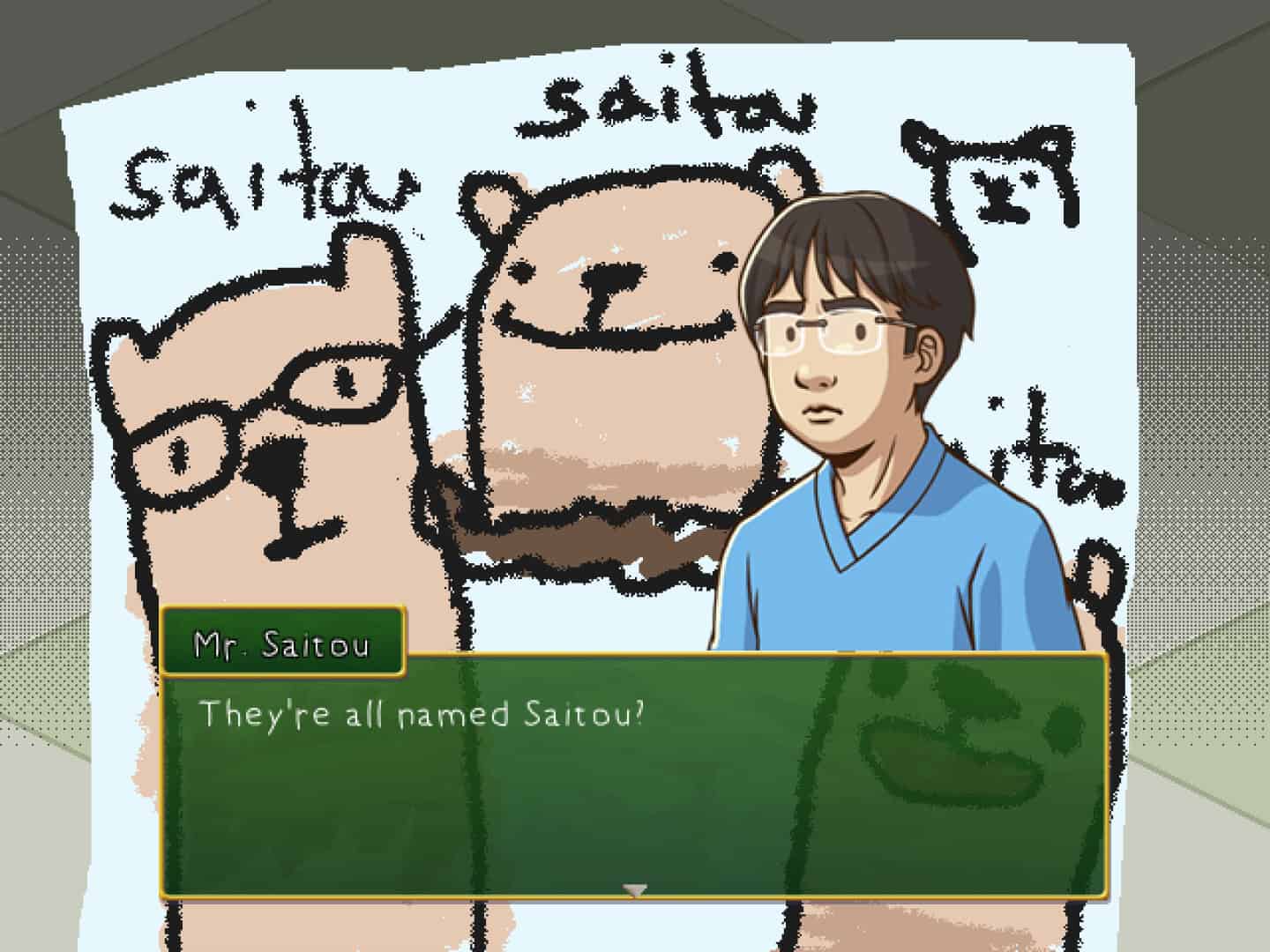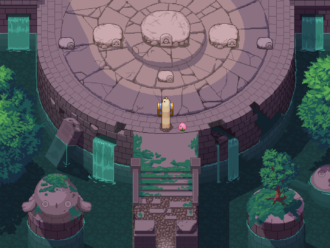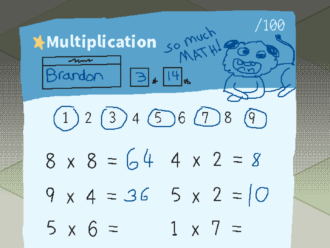Platforms:
PC, Nintendo Switch
Released:
March 23, 2023
Publisher:
Laura Shigihara
Developer:
Laura Shigihara
If you’ve ever been to Japan or understand anything about modern Japanese culture, you’ll be familiar with the salaryman – a name for Japanese businessmen who are overcommitted to their white collar jobs. So committed in fact that they are notoriously known to experience breakdowns due to over-exhaustion. Their lives seem to be work, get drunk after work, sleep, repeat, a pattern that has “collapse” written all over it.
Laura Shigihara’s short narrative-driven adventure, Mr. Saitou, delves into the mind of one of these salarymen but through a very unique lens. The game begins with Mr. Saitou being hospitalised due to being overworked and therefore, “falling down” on the streets of Tokyo. The way the game uses ambiguous terminology for what has occurred to Saitou is symbolic of the shame associated with salarymen not being able to keep up with their debilitating work conditions. When Mr. Saitou wakes up in the hospital, he finds that a young boy, Brandon, who loves to make fellow patients friendship bracelets, has drawn him into a cartoon character as part of a fictional parallel Japanese world of mystical characters and customs. The form Brandon has drawn Mr. Saitou into is a Llamaworm, which is a thick worm-shaped creature that burrows underground and has a cartoon llama face.
When Mr. Saitou slips off to sleep in his hospital bed, he finds himself in the world Brandon has created for them. From then on, he is no longer represented in the game as a human salaryman but as a salaryLlamaworm surrounded by other Llamaworms who are called variations of the Saitou name, such as Bosstou (Saitou’s boss), Irriatou (the annoying co-worker), and Widetou (a bigger Llamaworm). The adventure begins in Mr. Saitou’s office workplace where he is tasked with simple activities to complete whilst he feels a combination of exhaustion and discontent. All he wants is to go home and relax, but Bosstou makes it mandatory for him to also attend after work drinks, where he has to painstakingly make conversation with each Llamaworm that he’s shared a space with for the past few hours. Showing that Saitou really doesn’t have much autonomy over his work life.
Shigihara does a great job of setting up this world that Mr. Saitou is a part of – a repetitious, strict, bland space that is slowly wearing him down. When the catalyst for Mr. Saitou’s adventure, the fictional world version of Brandon, comes into his life, it forms the perfect juxtaposition between the Saitou work world and the world of Brandon’s quest. Real-life Brandon’s personality has been transferred to a “Bud” creature, which is pretty much a pink walking tulip bulb with arms and legs. When he scares off a bunch of Minimori, creatures that are blue and owl-like and which Saitou is terrified of, Saitou decides to help Brandon experience his “lifelong dream” of experiencing the magic of the Flooded Gemstone Caverns. However, to get there, they will have to navigate through a number of underground caverns that include puzzles, a number of strange creatures, and of course, lots of Minimori.
The game becomes a “dungeon crawler” of sorts where you enter different caves and solve puzzles that once successfully completed reward you with a key to another area via a chest. The simplicity of completing these puzzles, set by a magical talking calculator, could sometimes get a bit boring as they were all extremely similar. Also, I encountered a few glitches whilst solving these puzzles that made progressing impossible, so I had to restart and replay sections a few times to move things along.

Though the premise of the game is simple on the surface, it does deal with some pretty heavy themes throughout Saitou and Brandon’s journey. These include explorations of ideas such as identity, belonging, confidence, and fear. The character of Brandon brings a childlike wonder to the game; he is the Ying to Saitou’s very “stuck-in-his-ways” Yang. The mixture of Brandon’s sense of adventure and the way he prioritises fun and kindness gives Saitou the perfect companion to grow with. The combo of these two characters also brings a ton of laughs.
The game made me laugh throughout, especially the uncomfortable smiles that would grace Mr. Saitou’s face when the topic of Minimoris would come up. The humour is very quirky and abstract and doesn’t take itself too seriously. Dev Laura Shigihara is responsible for the game’s soundtrack and is known for creating music for games such as Planets Vs. Zombies 2 and the upcoming sequel to Undertale, Deltarune. The electronic music she includes in Saitou is reminiscent of old SNES games, which also connects with the game’s 3D art style. It’s boppy, fun, enchanting, and adds to the overall feeling of warmth the game emanates. All these elements, character, narrative, themes, and music combine to make a delightful package that tells a heartwarming tale of change and growth.
7.5
Good
Positive:
- Wholesome, poignant story that covers a range of important themes.
- The game's humour adds a layer of light-hearted joy to gameplay
- The art style matches the childlike wonder that the game emphasises
- Characters are well developed and are fun to spend time with and get to know
Negative:
- Puzzles were a bit too simple at times
- Some glitches occurred when completing puzzles
Though Mr. Saitou isn’t a long game, it does pack a lot of punch into its three-hour runtime. It takes the life of a miserable, depleted man and shows him the wonders that he could be experiencing if work wasn’t his main focus. It’s a narrative that seeks to find the light in the darkness of mundane existence when life becomes routine. Mr. Saitou will leave you with a feeling of hope that fun and adventure are around every corner, we’ve just got to look a little closer to find it.











